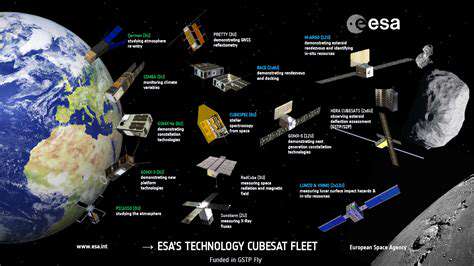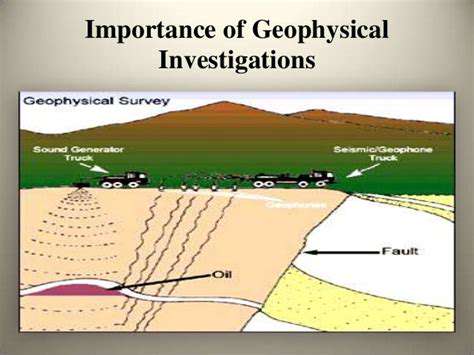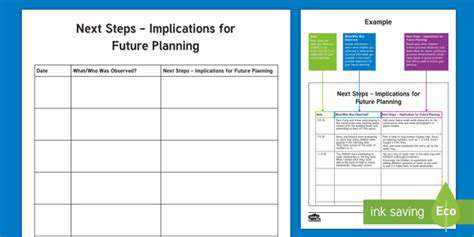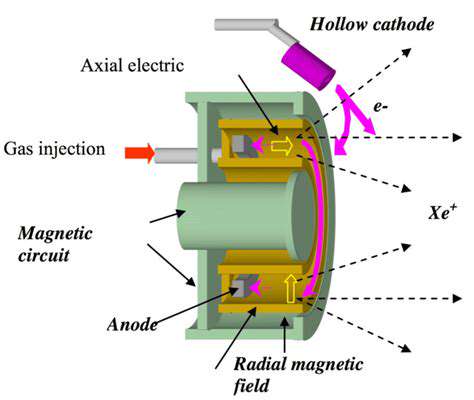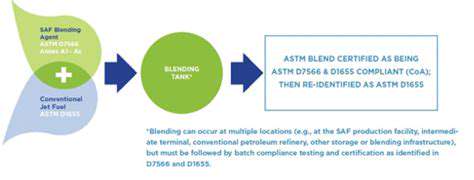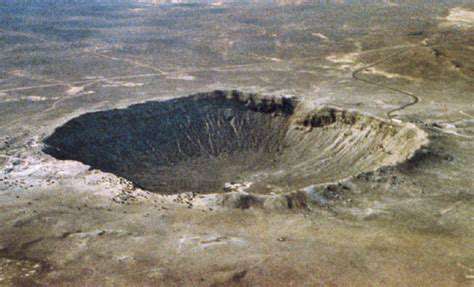
Impact Cratering: A Historical Perspective
Cosmic collisions between celestial bodies and planetary surfaces represent a fundamental geological process that shaped inner solar system landscapes. Deciphering this phenomenon proves essential for understanding planetary histories and assessing future impact risks. The preserved evidence reveals billions of years of dynamic cosmic collisions.
The Formation and Morphology of Impact Craters
Impact craters display characteristic features including central uplifts, surrounding rims, and often layered ejecta blankets. The specific crater shape depends on impactor size and velocity, along with target material properties. These features help scientists deduce impactor characteristics and surface properties.
Crater formation involves complex sequences from initial compression through excavation to final modification via slumping and erosion. These processes leave distinctive geological signatures that enable reconstruction of impact events.
Evidence of Ancient Impacts
Signs of ancient impacts appear throughout our solar system. From the Moon's battered surface to Mars' extensive impact basins, these features demonstrate our solar system's dynamic past. Studying these formations helps scientists understand historical bombardment patterns and large impact frequencies.
Crater Dating and Impact Frequency
Researchers employ various dating techniques including radiometric analysis of impact melts, stratigraphic relationships, and crater counting. Analyzing this data helps estimate impact frequencies over time and possible connections to other geological events.
Impact Cratering and Planetary Evolution
Cosmic impacts profoundly influenced planetary surface evolution, shaping landscapes and potentially delivering life's building blocks. Understanding this process illuminates the complex relationship between geological forces and the delivery of essential organic compounds. Impact studies provide critical insights into planetary development.
The Threat of Future Impacts
While impact events occur over immense timescales, potential future collisions remain a serious concern. Understanding impact frequencies and potential consequences proves essential for developing civilization protection strategies. Studying past impacts informs detection and potential deflection techniques.
Lunar Volcanism: Shaping the Lunar Surface
Early Lunar Volcanism and its Impact
Billions of years ago, volcanic activity fundamentally transformed the lunar surface. Massive lava flows from the Moon's interior created the dark maria plains we observe today. These eruptions, powered by heat from the Moon's formation, dramatically altered surface features and composition, leaving a volcanic record that continues to intrigue researchers. Determining eruption timing and characteristics proves vital for reconstructing lunar history and understanding its evolution.
The enormous volume of erupted material substantially modified the lunar landscape, creating unique formations. Analyzing these volcanic rocks through Apollo samples and remote sensing reveals details about the internal processes driving these eruptions and early lunar interior conditions.
Types of Lunar Volcanic Features
Lunar volcanism produced diverse features that reveal different aspects of volcanic activity. From extensive maria plains to localized vents, the Moon showcases various eruption types. Studying these features' shapes, distributions, and compositions helps scientists classify eruption types and understand lunar volcanism's different phases.
Feature morphology, including maria shapes, vent locations, and small volcanic structure distributions, provides clues about eruption styles, lava viscosity, and underlying volcanic processes. These characteristics are essential for building a complete picture of lunar volcanic history.
The Role of Lunar Magma in Shaping the Surface
Lunar magma movement and solidification significantly influenced surface formation and evolution. Magma composition, temperature, and viscosity critically determined resulting volcanic feature characteristics. Different magma types produced distinct volcanic forms, affecting overall landscape appearance and geological records.
Volcanism's Influence on Lunar Resources
Volcanic material distribution, including basalts and other volcanic rocks, impacts potential lunar resource utilization. These materials contain valuable minerals and metals potentially useful for future exploration and settlement. Understanding the geological processes forming these deposits is essential for identifying resource-rich locations and assessing extraction feasibility.
Volcanic glass and other lava flow materials provide clues about the Moon's thermal history. This information proves valuable for understanding lunar internal evolution and planning future missions, particularly those focused on resource utilization and scientific investigation.
Lunar Volcanism and the Evolution of the Lunar Interior
Lunar volcanism is closely tied to interior evolution. Eruption timing, styles, and material compositions offer insights into thermal history, chemical differentiation, and long-term mantle changes. Volcanic patterns reveal cooling and crystallization processes, providing crucial information about the Moon's past and present state.
Analyzing volcanic rock isotopic compositions helps determine magma source ages and origins, contributing to a more complete understanding of lunar formation and evolution. Such analyses are crucial for reconstructing lunar interior thermal history and understanding the Moon's solar system context.
Mare Formation and Basaltic Volcanism: Flooding the Lunar Surface
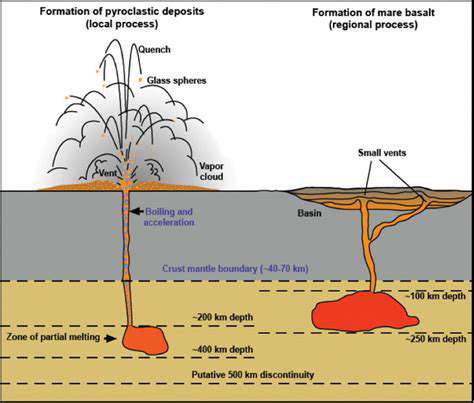
Mare Formation
The dark maria plains represent fascinating results of complex volcanic and impact interactions. These expansive, smooth regions primarily consist of solidified lava flows that filled ancient impact basins. Basaltic lava likely accumulated over extended periods, evidenced by varying textures and compositions within different maria areas.
Formation likely began with substantial internal lunar heat driving magma to the surface. This iron- and magnesium-rich magma erupted from volcanic vents, flooding impact basins and cooling into characteristic dark basaltic rock.
Basaltic Volcanism
Lunar basaltic volcanism, manifested in maria formation, represents a major geological process. The kilometer-thick basalt flows testify to the Moon's active volcanic past. Similar basaltic eruptions occur on other solar system bodies, each with unique characteristics.
Basaltic lava composition crucially affects maria appearance and characteristics. Specific mineral content and lava viscosity directly influence flow patterns and final morphology. These variations likely contributed to maria's diverse appearances.
Impact Basins
Lunar maria typically occupy large impact basins. These depressions, created by catastrophic asteroid and comet collisions, provided receptacles for subsequent lava flows. The tremendous impact energy significantly modified surrounding lunar crust.
The basin-mare relationship isn't simple though. Not all basins contain lava fillings, and the timing between impacts and volcanism is crucial for understanding the complete process. Additional research is needed to fully understand these complex geological interactions.
Volcanic Processes
Understanding precise volcanic processes behind maria formation requires considering multiple factors. These include magma sources and movement, eruption mechanisms, and subsequent lava flow cooling and solidification. The rate and duration of these processes affect resulting basalt plain thickness, distribution, and overall morphology.
Detailed analysis of maria rock chemistry and isotopic ratios provides valuable information about eruption conditions. Such investigations reveal details about lunar interior conditions, thermal evolution, and volcanic timing, contributing to a more comprehensive lunar geological history.


